When Pierre Leclercq joined Citroën as head of design 18 months ago, it seemed to him like a homecoming – even though in more than 20 years of car design he had never worked at the company. In fact, he wasn’t even born in France, but in the Ardennes region of Belgium.
In Leclercq’s case, there was a lot of early family influence. Most of the miles he covered as a child were in Citroëns owned by his parents or grandparents, and although his family weren’t die-hard car enthusiasts, they certainly had a strong Citroën allegiance that rubbed off on young Pierre.
“We car designers dream of cars and draw them from our earliest days,” he says. “They represent the major experiences of our lives. The cars I’ve chosen here have all had a strong effect on what I believe is right in car design today…”
Citroen Dyane
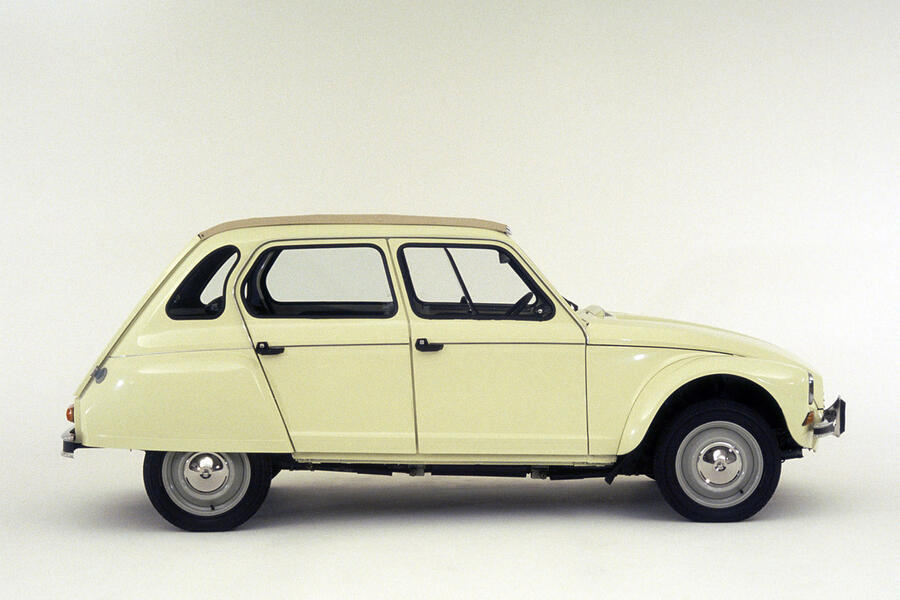
The first car Leclercq remembers is his mother’s red two-cylinder Citroën Dyane, bought in the 1970s when he was about six and kept for what seemed like “many years”. He bonded with that car and fondly remembers its simplicity and the many carefree trips, including riding along in the back, standing on the bench with his head in the air, holding onto the steel rods of the open fabric roof.
His father, the local doctor, often took the Dyane to house calls in winter, because its traction was so good. “There was a lot of snow in the Ardennes in those days,” recalls Leclercq. “My father knew the Dyane gave him access to every village.”
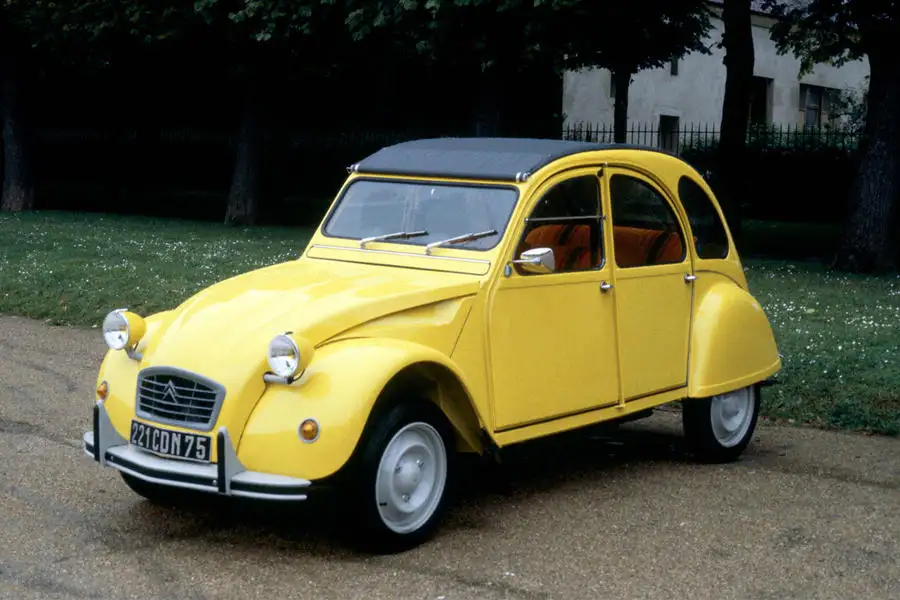


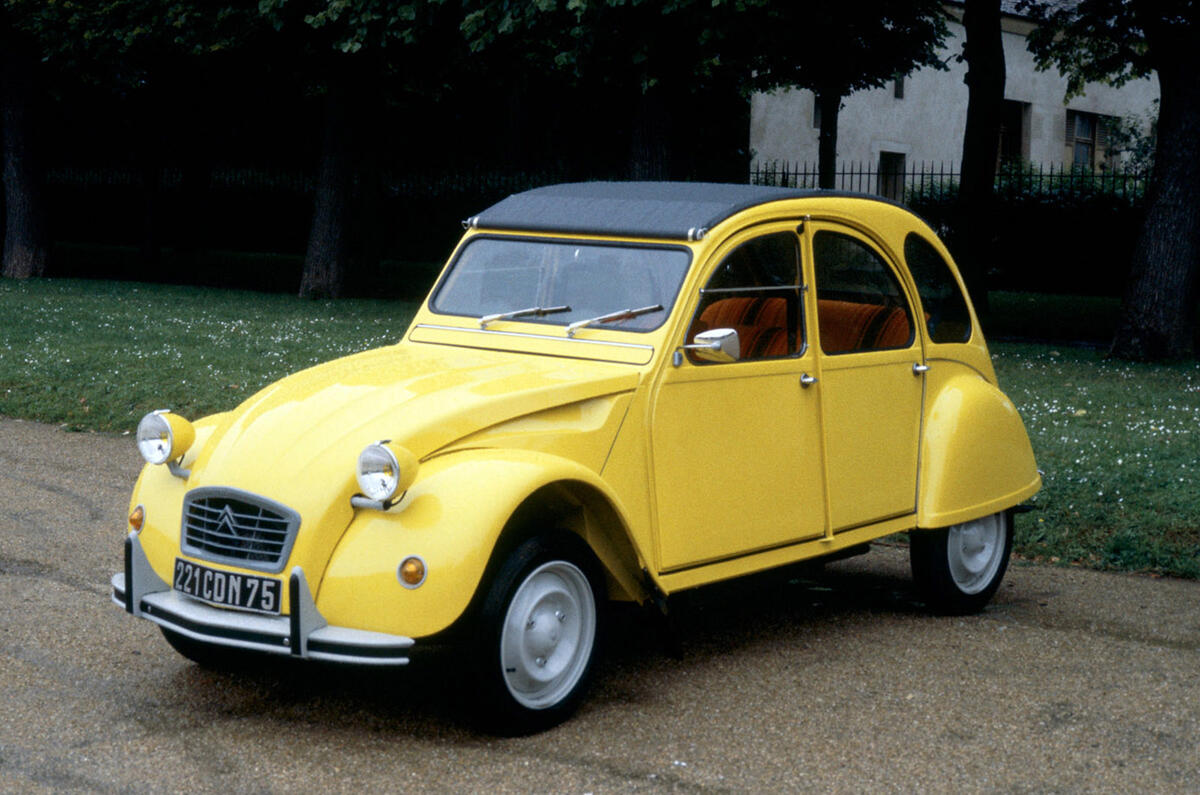
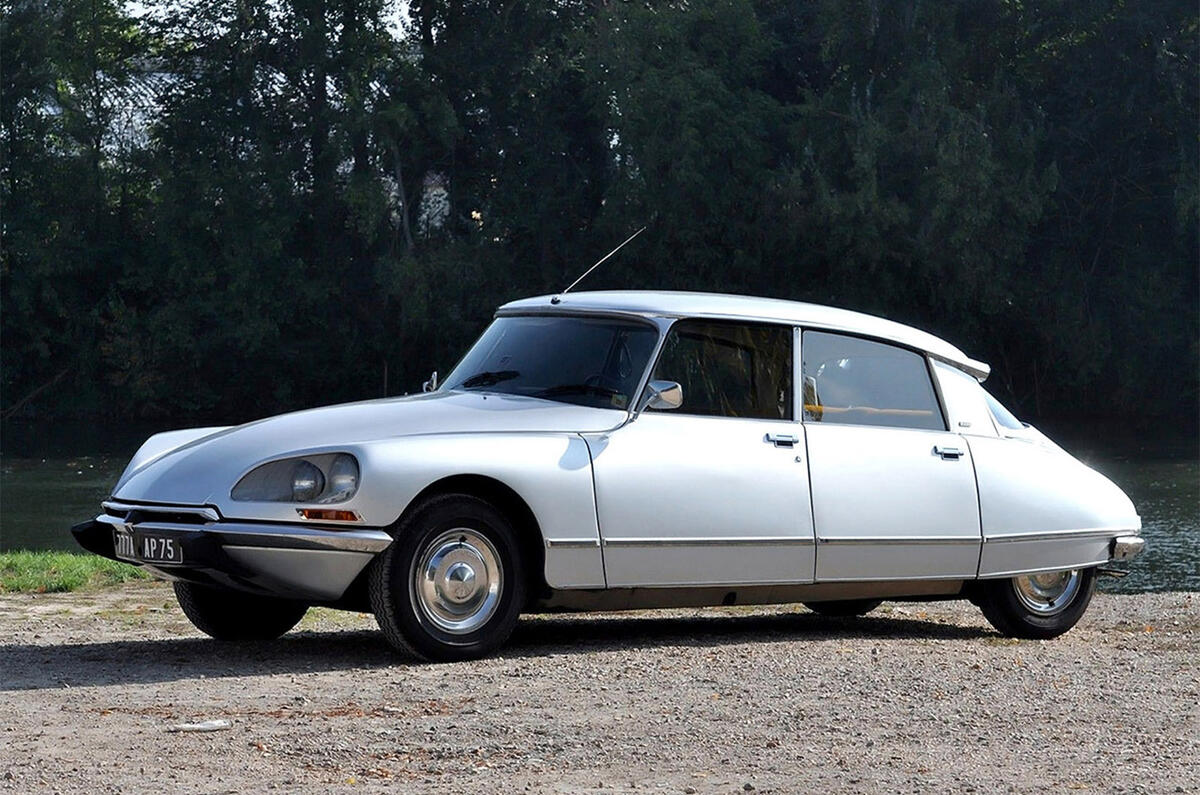
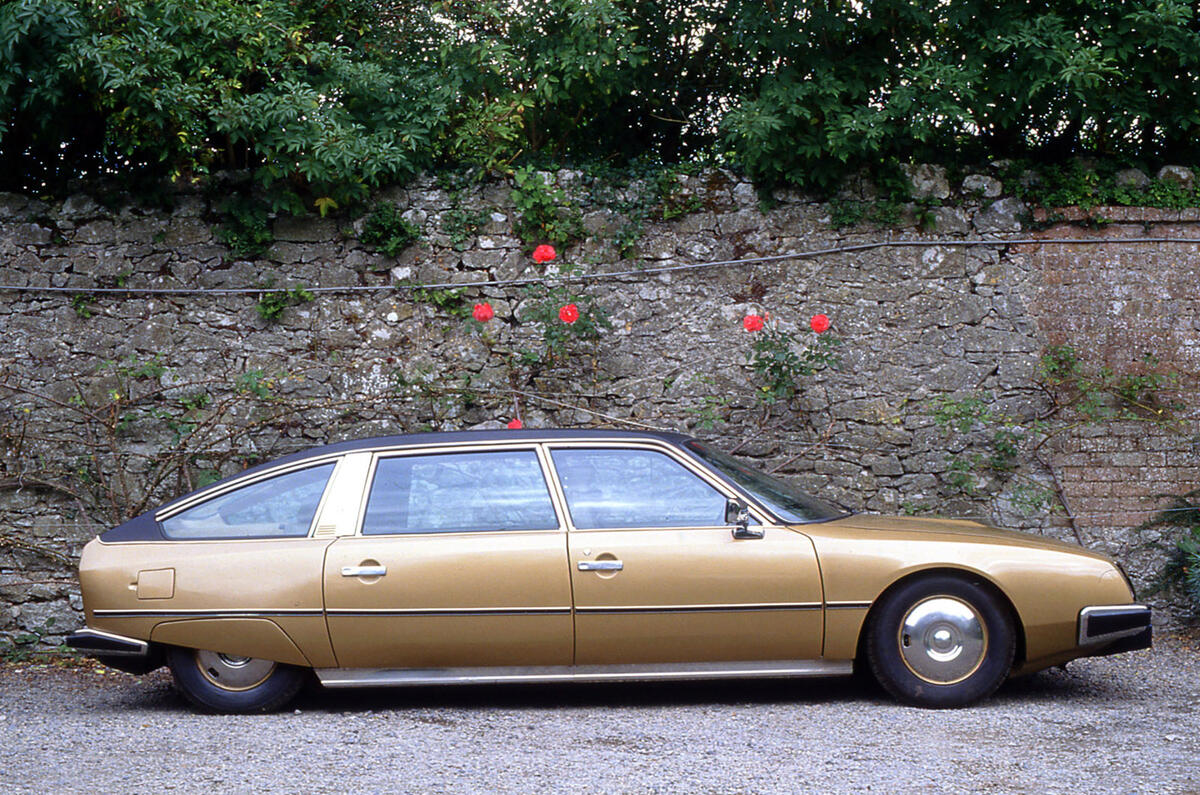
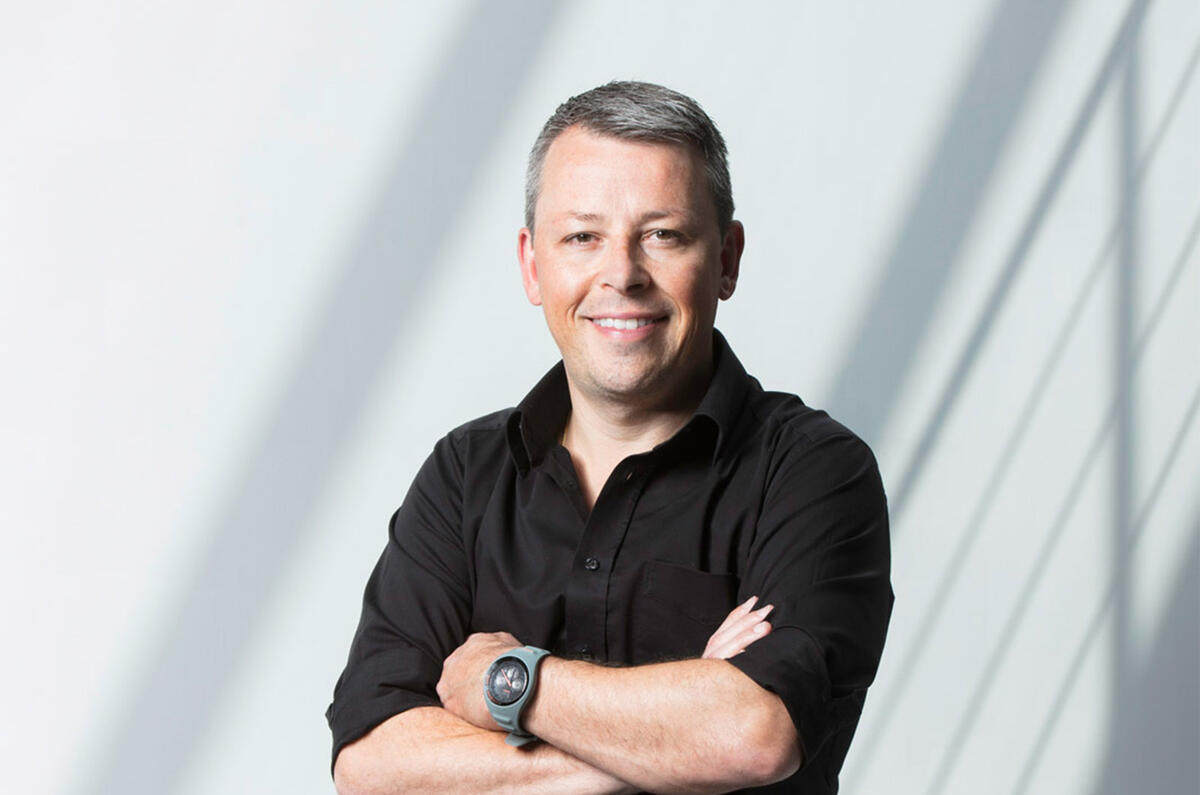
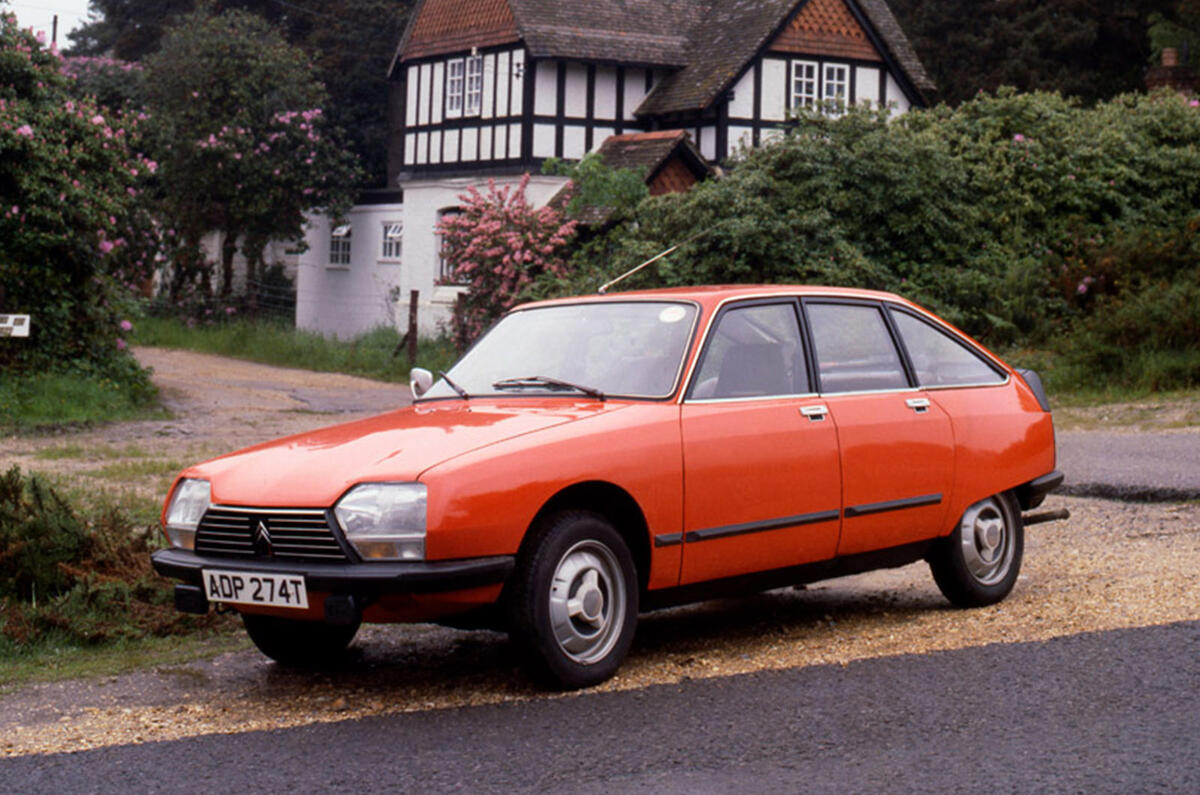
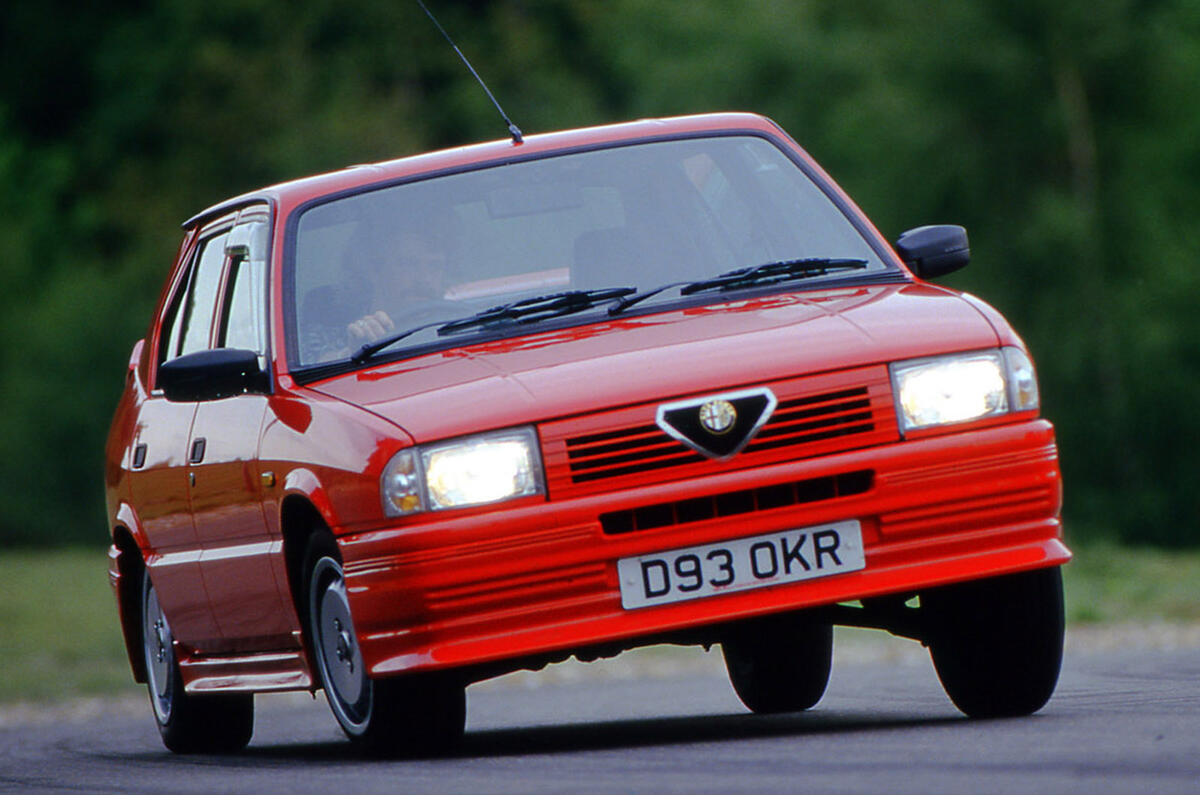
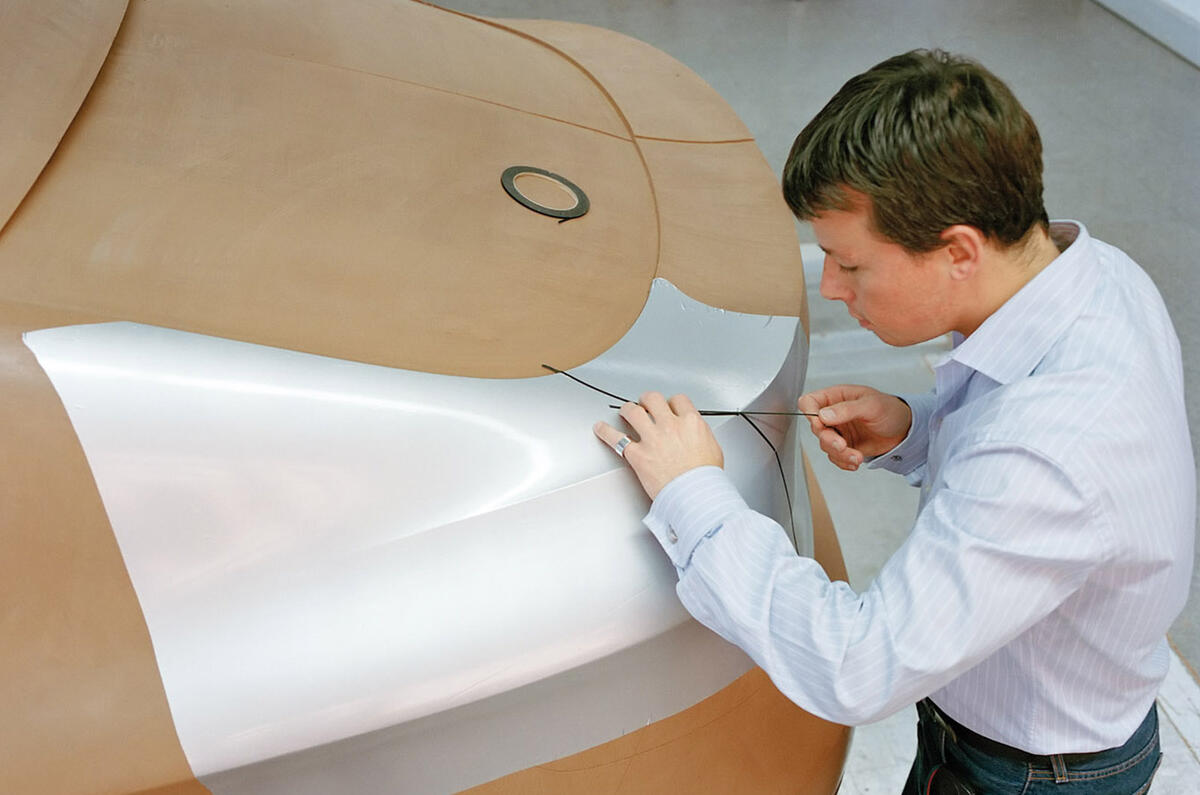
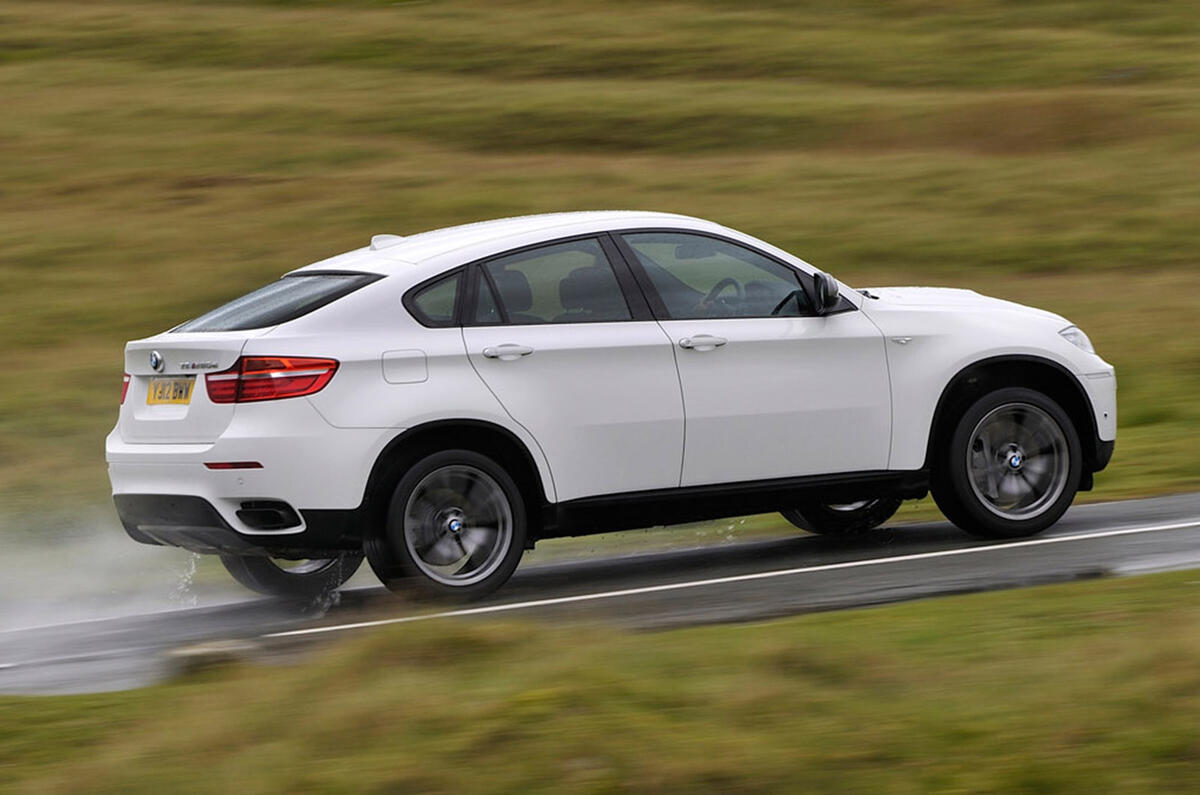
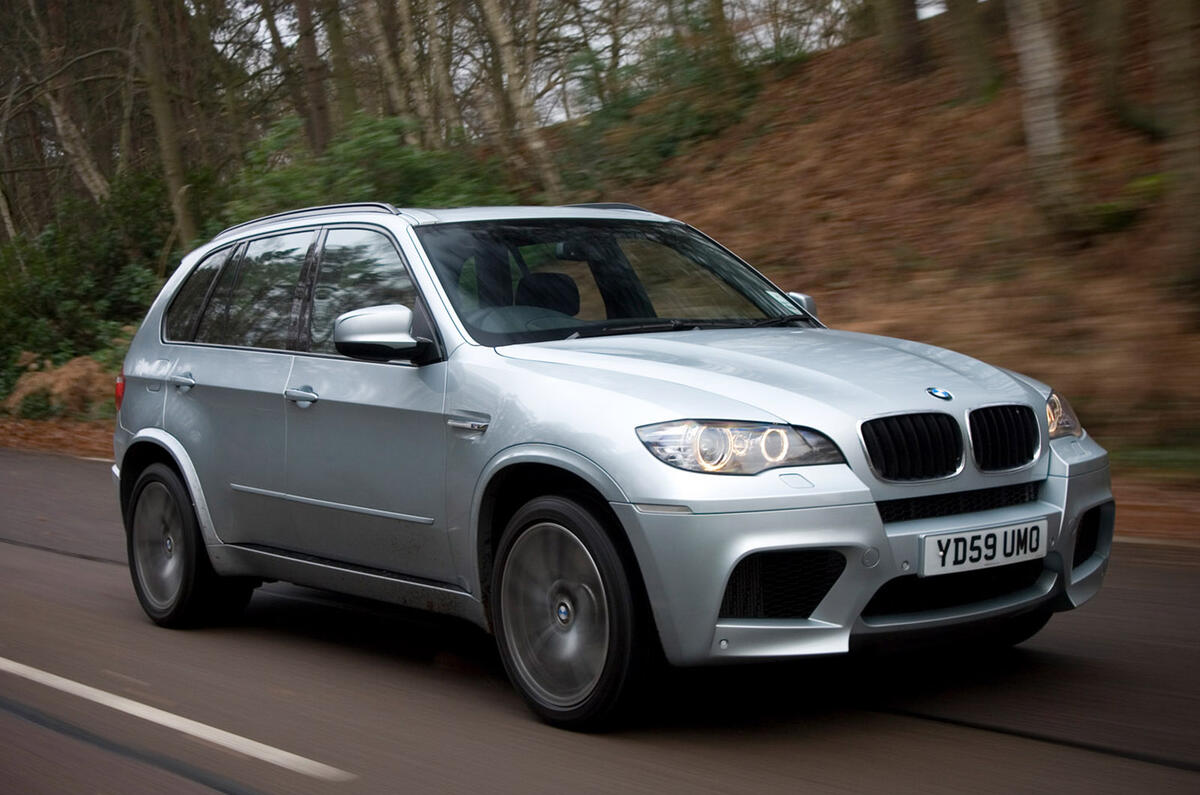
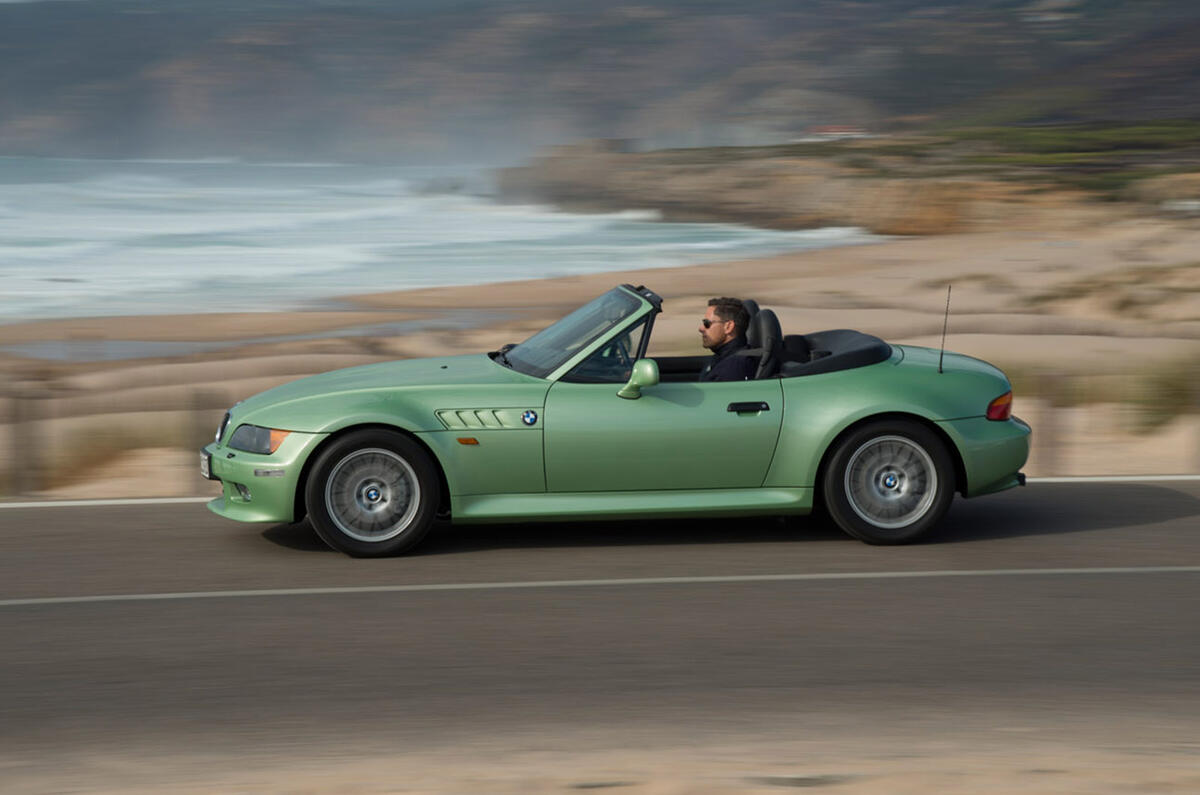
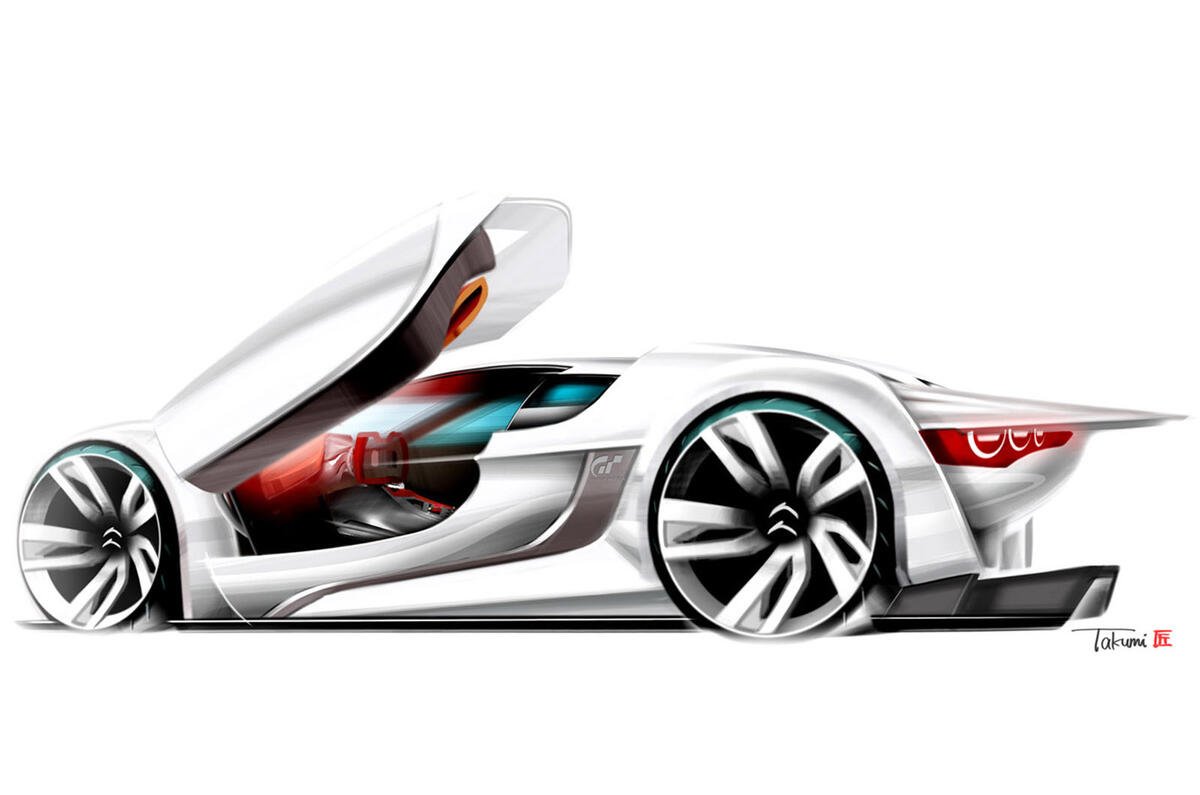
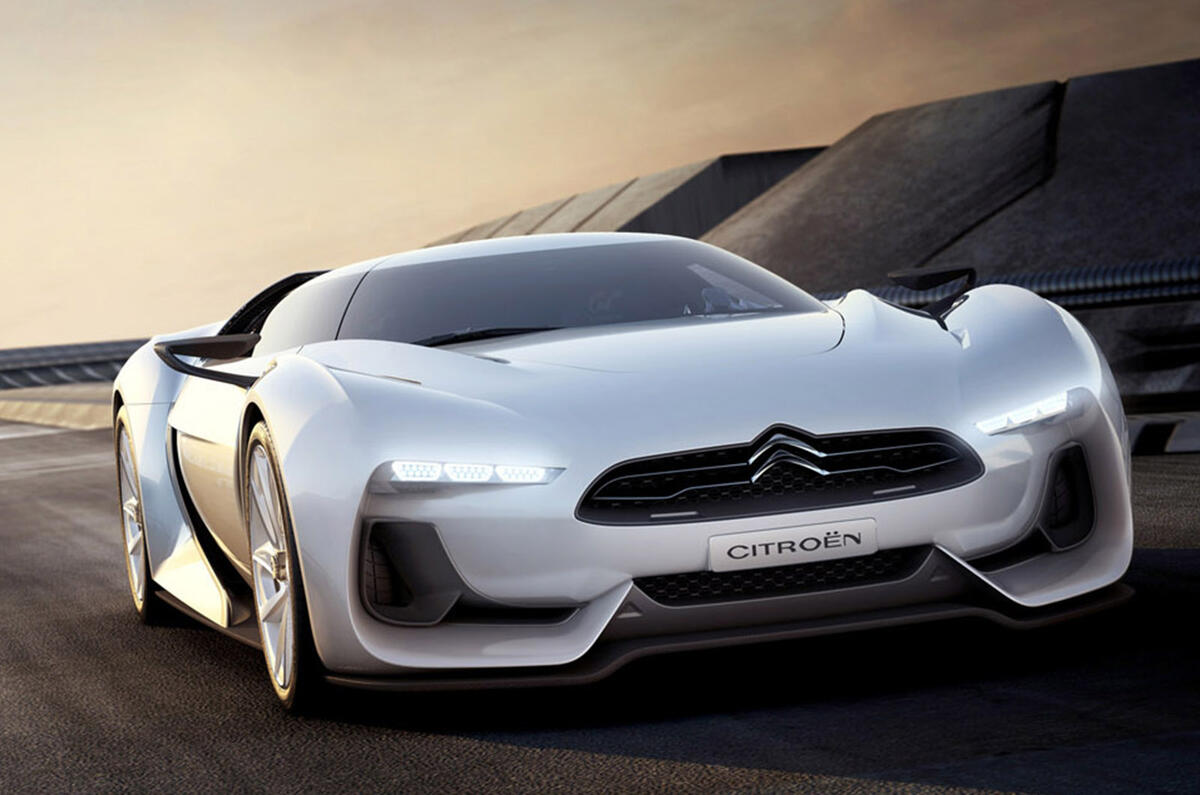
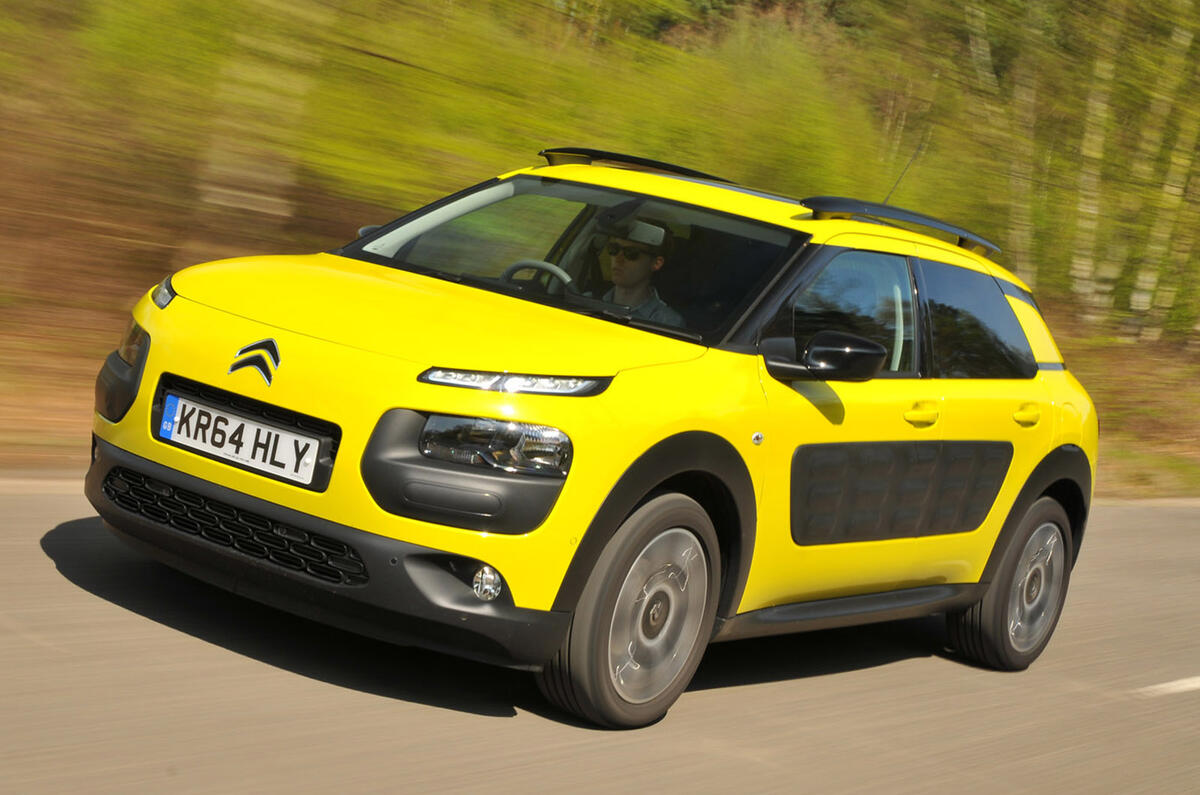
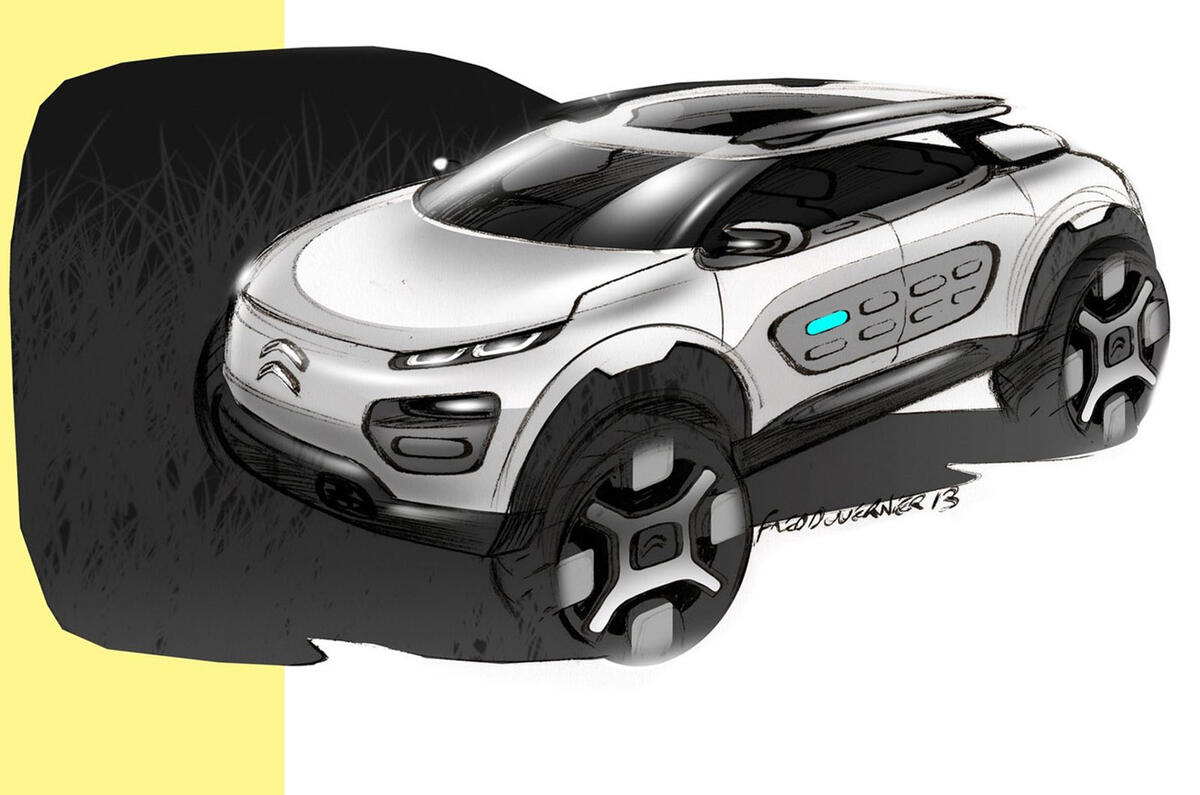
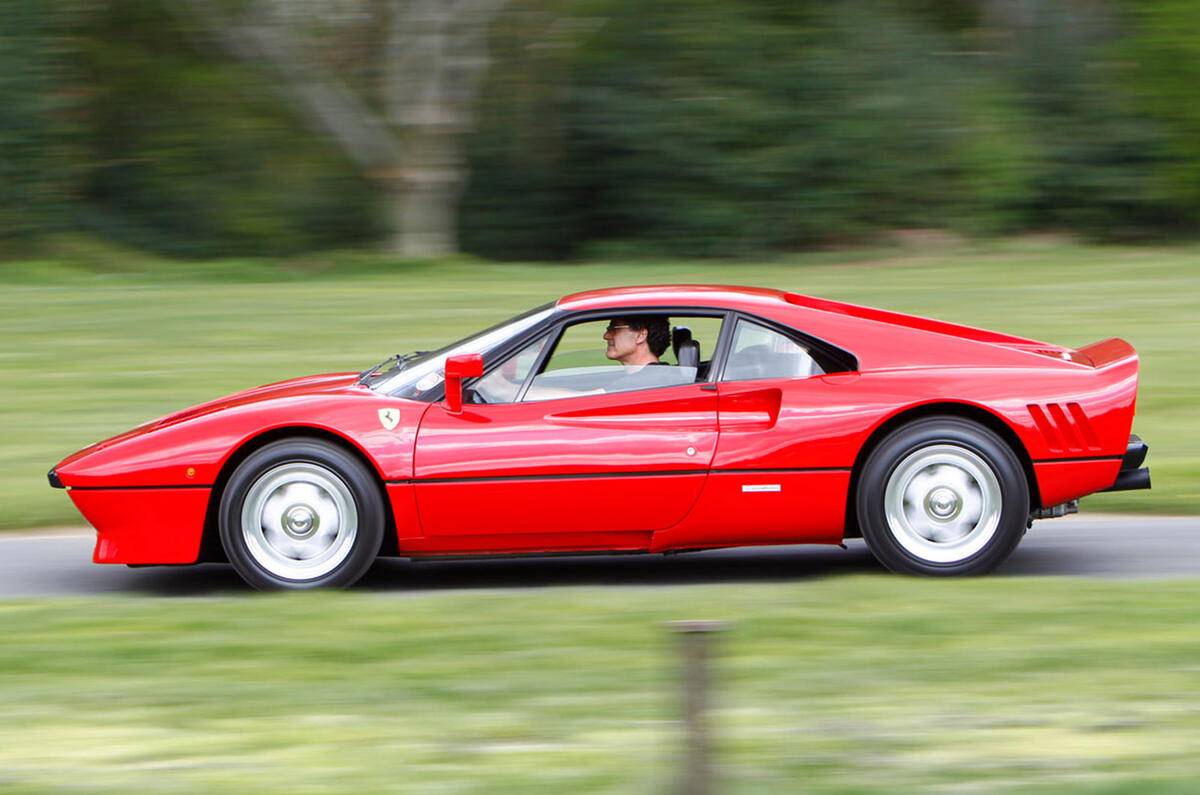
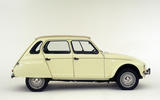
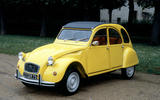
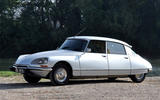
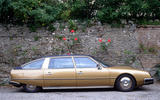

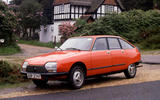
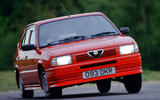
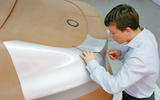
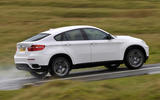
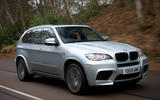

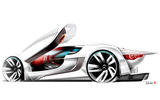
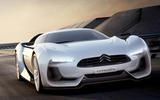
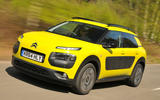
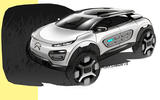
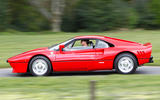

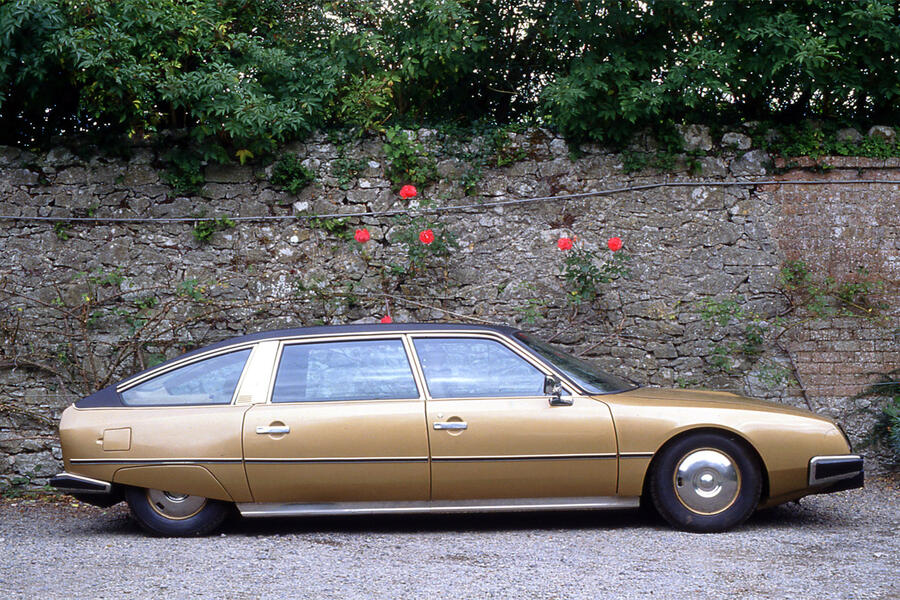
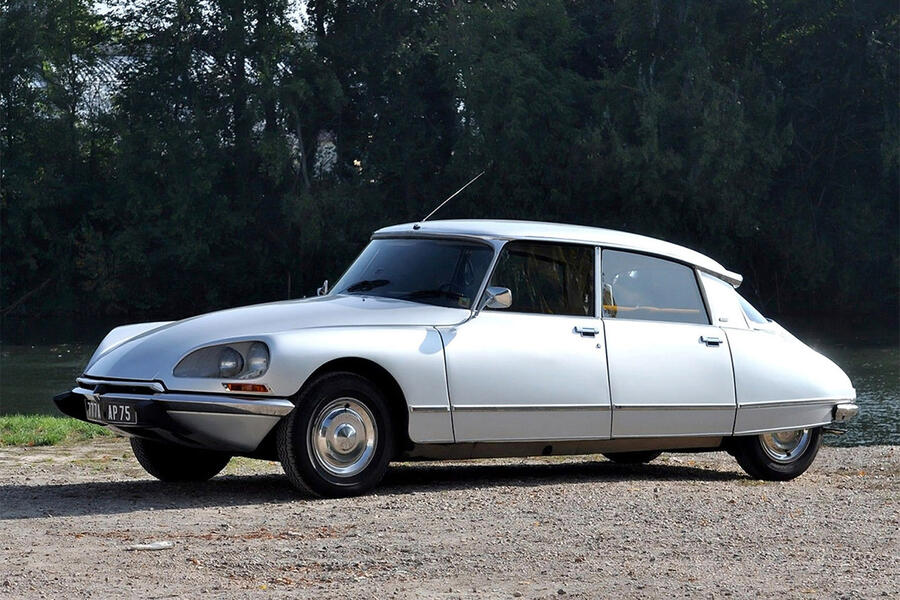
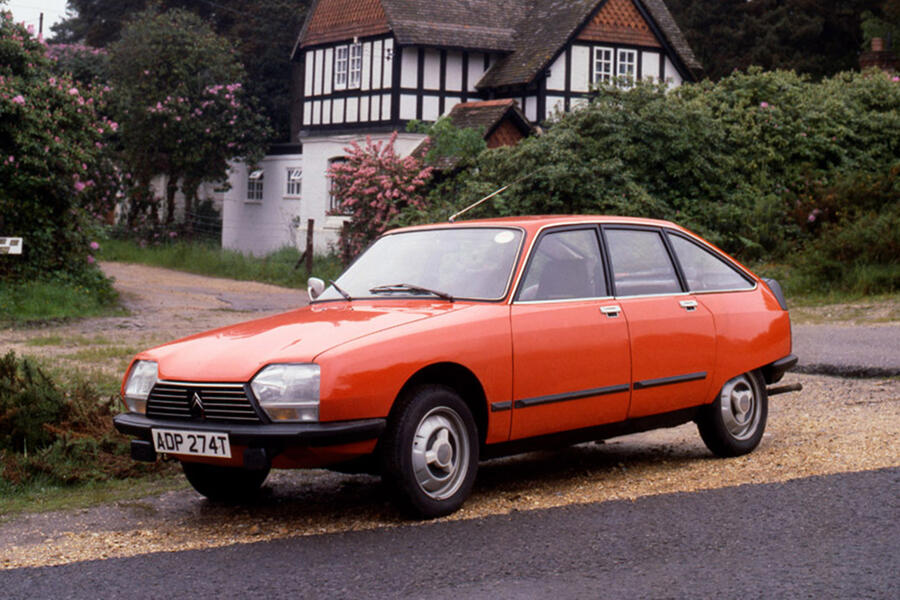
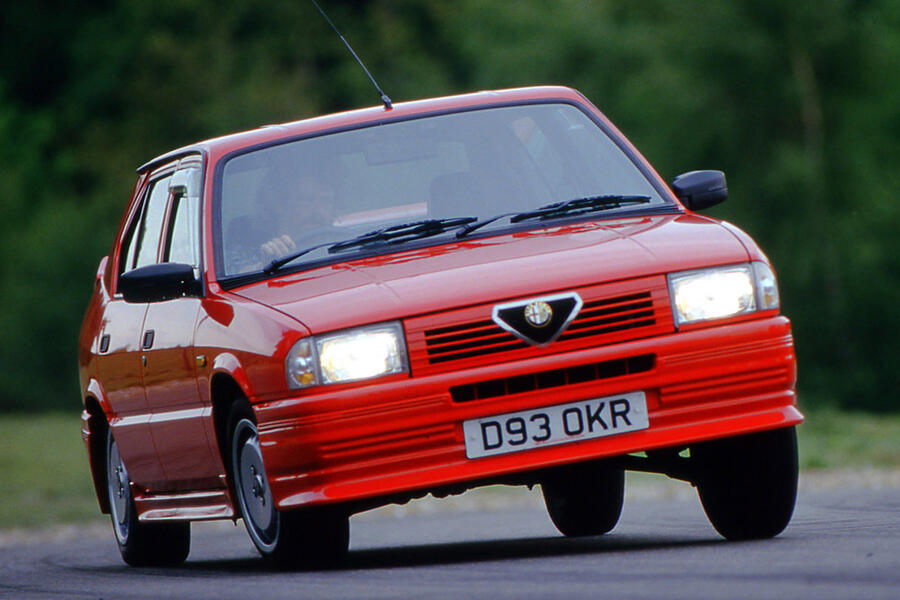
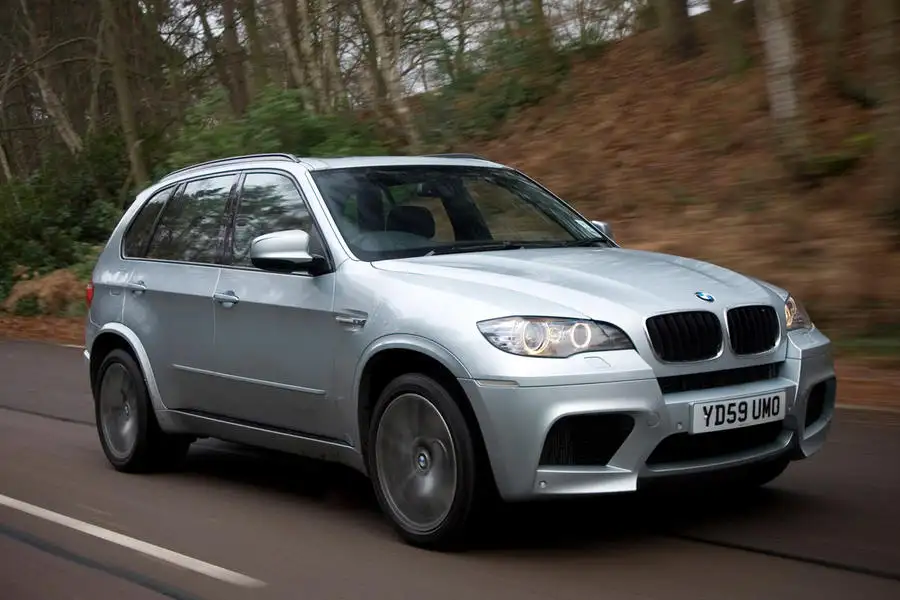

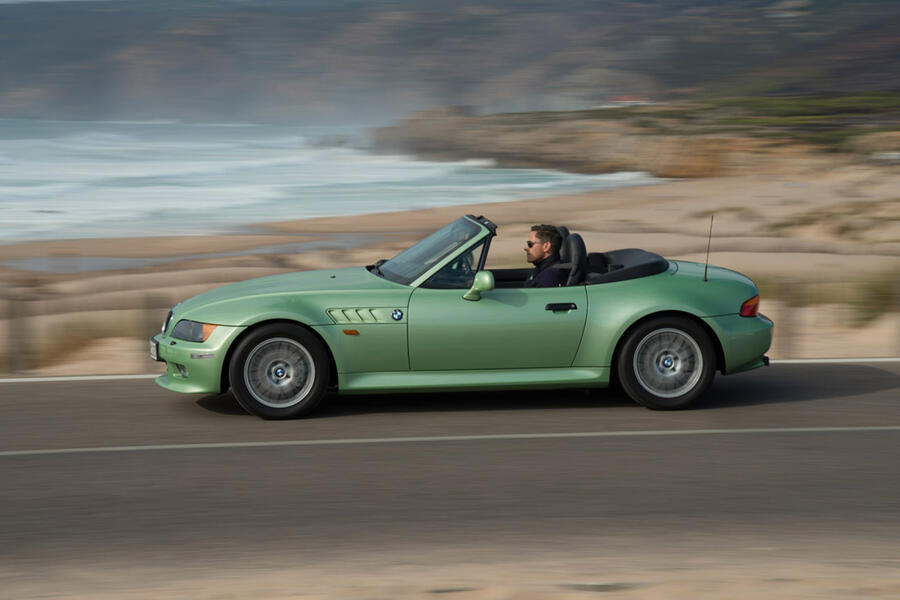
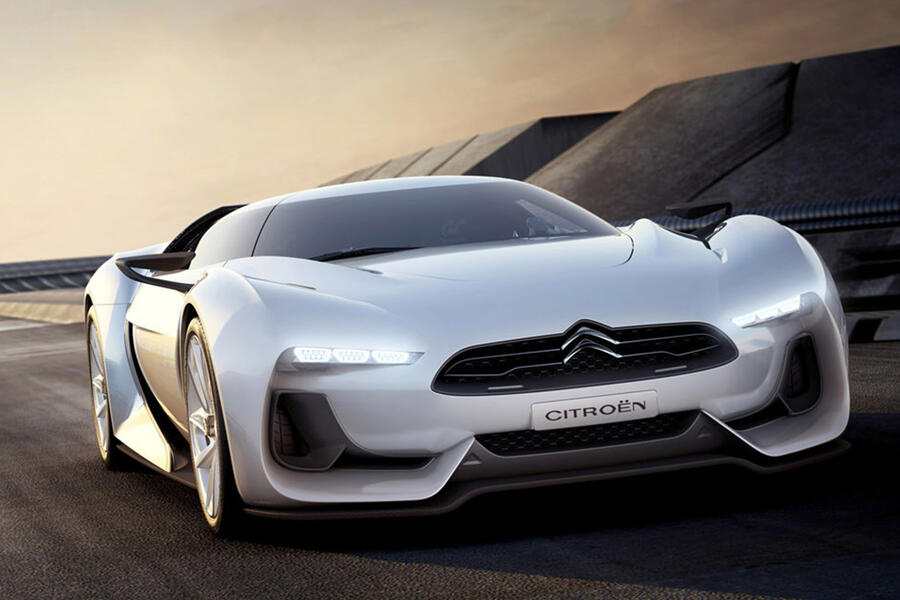
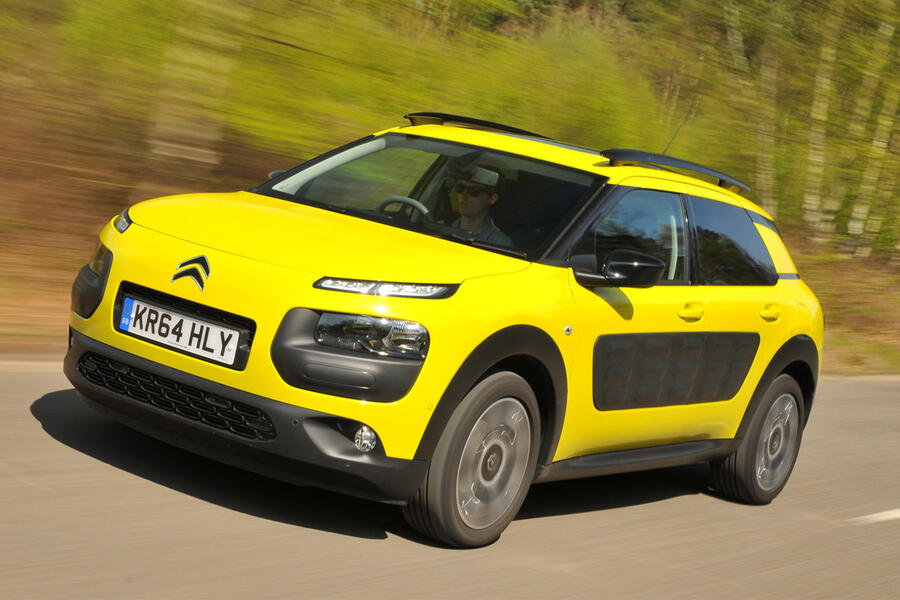
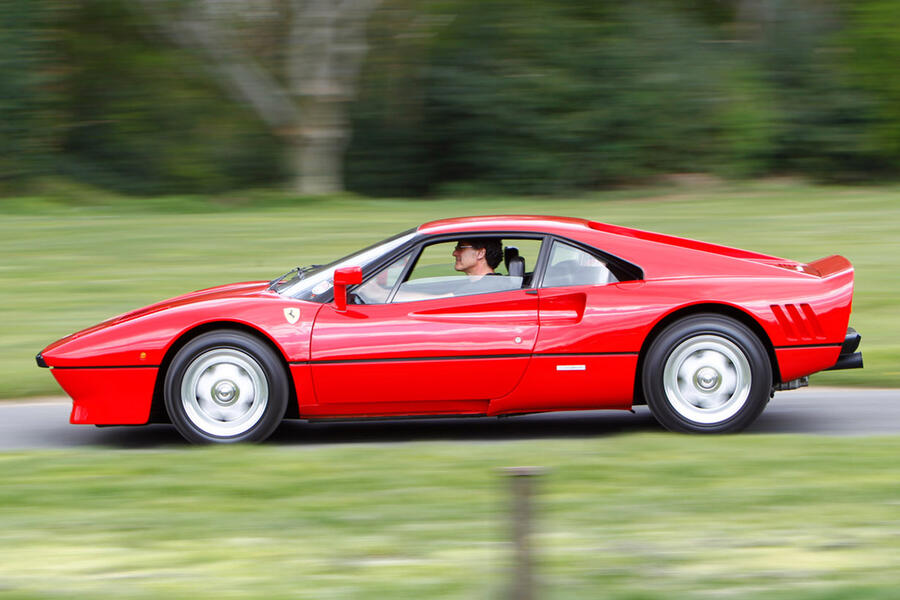





Join the debate
Add your comment
Getting paid every month from
2021 C5
I assume Leclerc wasn't with Citroen when the new C5 design was signed off by the board, but based on 'leaking' info the model will be a tribute to classic Cit values. Can't wait!
Enjoyable read
And I must be in a minority... I like the X6 and Z3. Not owned either (yet) but I’ve had a 2cv. Looking forward to the Cactus become available for banger money in years to come.